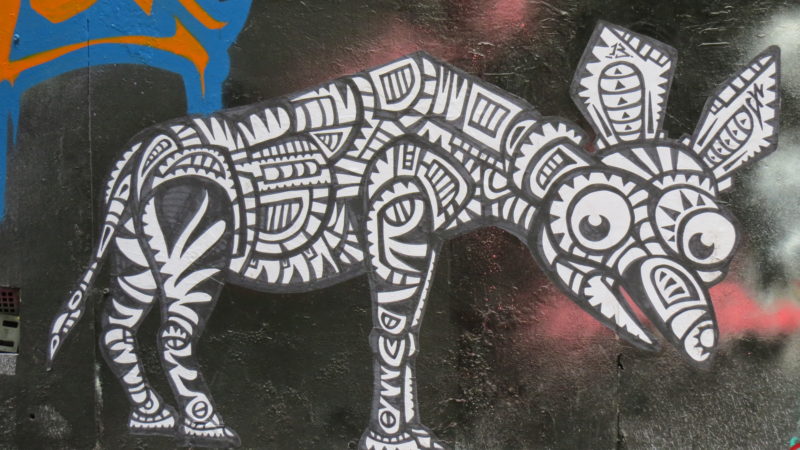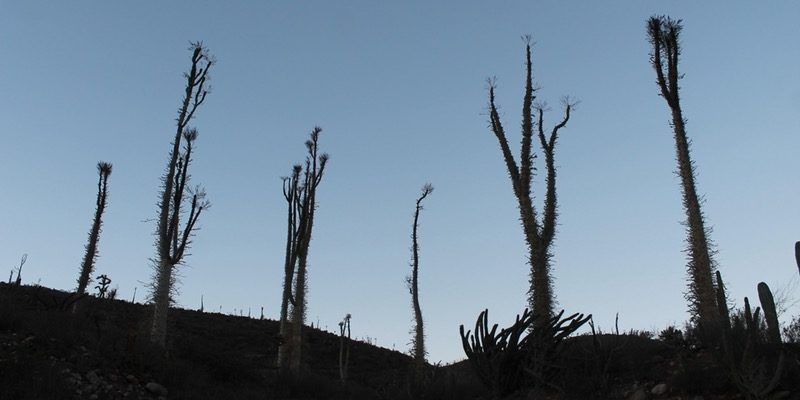Cities have recently begun to attract the attention of ecologists and biologists as ecosystems whose functioning is not as yet well understood. Urban ecosystems combine ecological processes with social practices and technological structures whose analysis requires a combination of disciplinary tools and concepts from biology, ecology, sociology, cultural studies, and urban studies (including architecture, design, and urban planning). This study contributes to the study of urban ecosystems by focusing on the images and narratives that different communities in large cities use to communicate about the animal and plant species that co-inhabit the city with them. Central research questions include:
- Which animal and plant species are particular communities aware of, and which ones do they not know about?
- Cultural taxonomies sometimes coincide and sometime diverge from scientific taxonomies: for example, average citizens tend to lump together under the label “seagull” shorebirds that ornithologists would break down into half a dozen or more different species. Categories such as wild vs. domestic, beautiful vs. ugly, attractive vs. frightening, edible vs. inedible, or poisonous vs. non-poisonous tend to play a central role in the way different cultures divide up the spectrum of species. What role do such cultural taxonomies play in structuring urban populations’ interactions with their environments?
- Which species do individual communities like and want to have present in the urban context, which ones would they rather not have around, and which ones are they indifferent toward? To what extent does this profile of preferences map onto what ecologists postulate as desirable? How should differences between the various preference profiles be socially and politically negotiated?
- What narrative templates structure the textual and visual stories different communities tell about urban plants and animals? How does the analysis of these narrative templates change the understanding of the communities that produce them?
In its first stage, this project will focus on Los Angeles and on fiction, nonfiction, and news stories about urban species. In the second stage, it will include a survey on cultural attitudes toward animal and plant species and an investigation of oral storytelling. The third stage will expand the project to at least two other cities outside of the United States.


